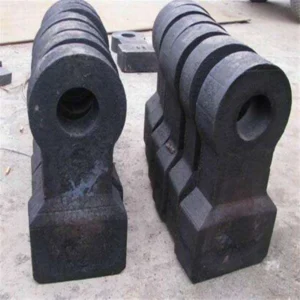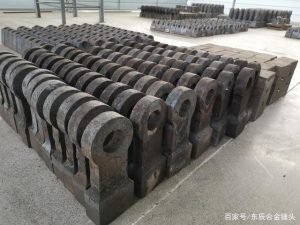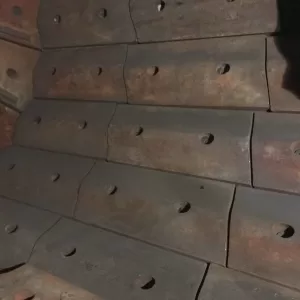How to Choose the Right Liner for Ball Mills

Ball mill liners are a crucial component in the efficient operation of ball mills in the cement and metallurgical industries. These liners are subject to severe wear and tear, making their selection a critical step in ensuring the longevity and performance of the ball mill. Various technical factors influence the consumption and wear of ball mill liners, with numerous variables at play. At Econe Cement, we understand that choosing the right liner is vital to maximizing the lifespan of your ball mill.
Understanding Ball Mill Liners
In the metallurgical industry, wet grinding coarse mills predominantly use metal liners, primarily made of high manganese steel. However, for fine grinding ball mills, the material composition has diversified to include rubber liners, polyurethane (PVC) liners, and composite magnetic liners.
The operating conditions in the cement industry differ slightly from those in the metallurgical sector. Cement industry ball mills operate at lower speeds, typically 75% to 80% of critical speed, and the mills themselves are longer and thinner compared to their metallurgical counterparts. The diameter of the balls used in cement mills is smaller than those used in metallurgical mills. As a result, using impact-hardened high manganese steel liners in cement mills is not ideal. Instead, multi-alloy chromium liners should be strongly considered.
Recommendations for Choosing Ball Mill Liners
Econe Cement has conducted extensive research and field studies across numerous large, medium, and small cement plants to develop practical guidelines for selecting ball mill liners. Here are our recommendations based on our findings:
Large Cement Ball Mills (Diameter 3.5×5.0 meters or more):
Mill Head: Medium carbon low alloy steel
Cylindrical Liners: High or low chromium multi-alloy cast iron
Partition Plates: Medium carbon low alloy steel
Medium Cement Ball Mills (Diameter 2.4 to 3.5 meters):
Mill Head: Medium carbon medium/low alloy steel
Cylindrical Liners: High or low chromium cast iron
Partition Plates: Medium carbon medium alloy steel
Small Cement Ball Mills (Diameter less than 2.4 meters):
Mill Head: Medium carbon medium alloy steel or low chromium cast iron
Cylindrical Liners: High or low chromium cast iron, with lifespans of 3 to 5 years
Partition Plates: Medium carbon medium alloy steel
It is important to note that for cement industry ball mills, non-metallic liners are generally unsuitable due to the dry grinding process and high temperatures involved.
Key Factors in Selecting Ball Mill Liners
Selecting the appropriate liner for your ball mill is essential for its optimal performance and longevity. Considerations should include:
Factory Size and Production Capacity: Larger plants with higher production needs may require more robust liners.
Product Quality and Equipment Specifications: Ensure the liners match the technical requirements of your ball mill.
Cost and After-Sales Service: Evaluate the overall cost, including the purchase price and the quality of after-sales support.
Econe Cement, with over 30 years of experience in the mining equipment industry, offers a wide range of high-quality ball mill liners. Our strong research capabilities, robust production capacity, superior product quality, and excellent pre-sale, sale, and post-sale services ensure that we can meet your diverse needs. Contact us today to discuss your requirements and find the best solutions for your ball mill operations.



